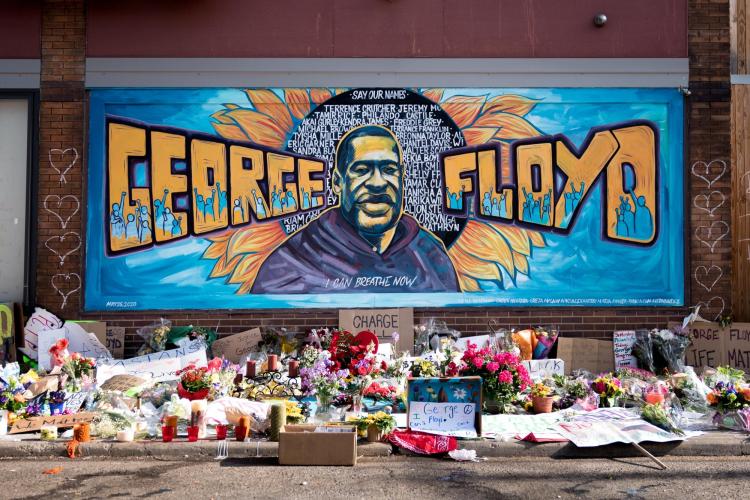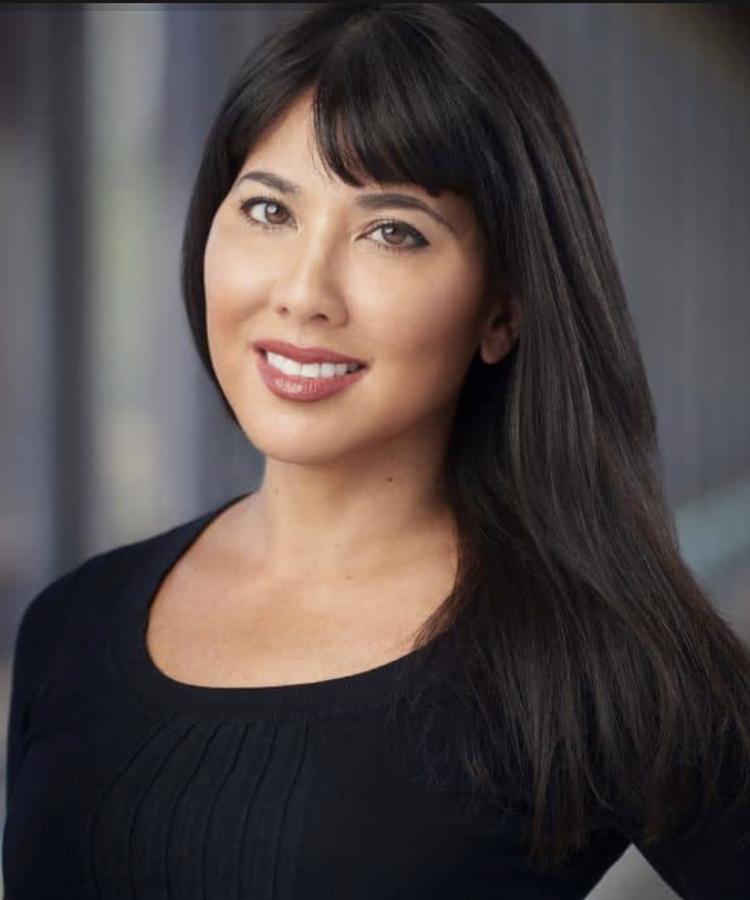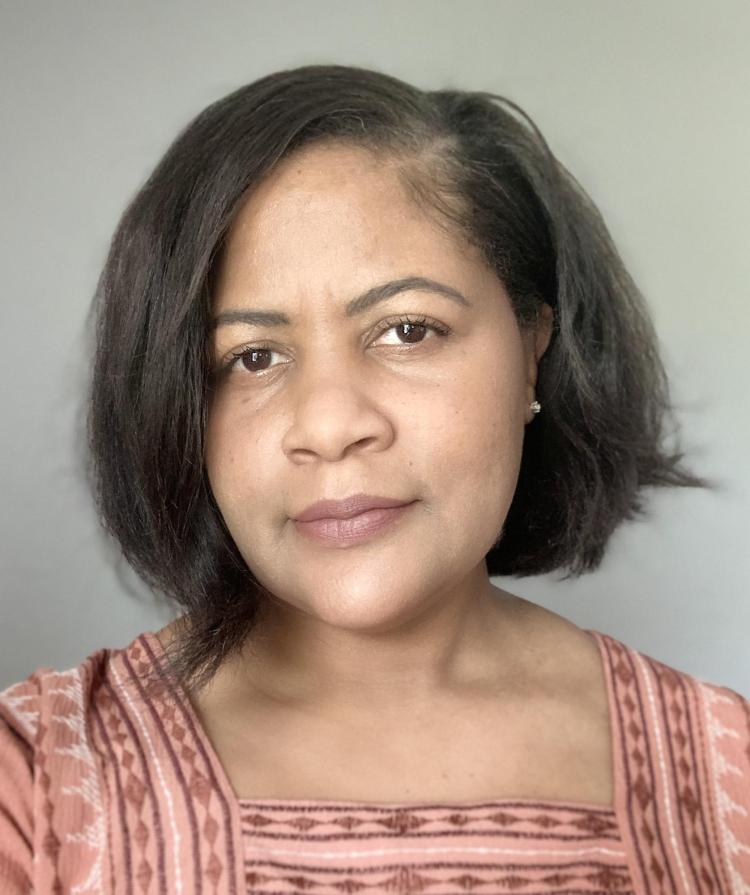After Chauvin’s guilty verdict: What will change?

George Floyd mural outside of Cup Foods at Chicago Avenue and E 38th Street in Minneapolis, Minnesota. CC photo by Lorie Shaull via Flickr.
Just after 4 p.m. Central time Tuesday, a Hennepin County, Minnesota, judge made history when he announced former police officer Derek Chauvin, who is white, had been found guilty of murder and manslaughter in the killing of George Floyd, who is Black. The announcement marked the latest chapter in a case that shed unprecedented light on police-involved violence and sparked renewed activism in pursuit of racial equality.
“This case was a tipping point for many people in understanding police and race in the world and inspiring a willingness to get involved,” said Aya Gruber, a professor at the University of Colorado Law School. “We saw history-making protests and the birth of a new civil rights movement.”
What made Tuesday’s verdict so unique, and will it lead to lasting change? CU Boulder Today asked David Pyrooz, an assistant professor of sociology who studies crime trends and policing; Hillary Potter, associate professor of Africana studies and criminology; and Gruber for their takes.

Assistant Professor David Pyrooz

Professor Aya Gruber

Associate Professor Hillary Potter
What makes this verdict so historic?
Pyrooz: Police officers are rarely charged, much less convicted, of murder or non-negligent manslaughter for actions that occur on the job. The murder of George Floyd stands in sharp contrast to other police-involved homicides across the United States. The nation’s eyes have been fixed on this case, with many using the jury’s verdict as an indicator of accountability in criminal justice.
Gruber: The verdict was something that could be expected given the evidence. But the significance of the case has been the voices of the people and the movements. That put a spotlight on not only the cost of police violence and rethinking the relationship of police and the community but also on the really fraught history of race in this country.
Potter: The enormity of this verdict is due to the racial identities of Chauvin and Floyd––that Floyd was a large, dark-skinned Black man who is the avenged in this case adds to the dearth in such juridicial outcomes.
What may have made the outcome of this case different than that of similar ones?
Pyrooz: The video recording was significant. It captured the life escaping George Floyd’s body and the sheer disregard for human life. That, combined with the efforts of activists, helped to keep Floyd’s murder at the forefront of public discourse and scrutiny. There was also near-unanimous condemnation from police executives from across the country. Most police-involved homicides involve shades of gray; this one, in contrast, was black and white.
Gruber: It has long been the case that police will use force against Black and white community members when they get in their crosshairs, but that police force is disproportionately present in poor neighborhoods of color. For a long time, police could do anything, and people were willing to accept that especially when there wasn’t bystander video. Now, we have to keep the pressure on police departments to stop this from happening in the first place.
Potter: Short of engaging with the jurors, we can only speculate why this case is different. We saw responses to Floyd’s death that we had not seen in previous killings, such as the deaths of Tamir Rice, Michael Brown, Sandra Bland, Eric Garner and all the other lost souls who were victims of agents of the criminal, legal and carceral system.
In summer 2020, we witnessed a broad and sizable array of organizations, corporations and educational institutions issue statements against anti-Black violence and for social and racial justice. I believe the trial––occurring only 11 months after Floyd’s murder, and while we are still in strange times with the COVID-19 pandemic––impacted the unusual outcome in this case.
What could potentially change as a result?
Pyrooz: There have already been changes, especially in Colorado. SB20-217, or the Enhance Law Enforcement Integrity bill, requires body-worn cameras, criminalizes officer non-intervention in excessive force, eliminates qualified immunity and creates a database for police officers engaged in misconduct.
But beyond the policy sphere, there have been serious conversations about the legitimacy and, notably, the necessity of police. People have realized that police may not be the only solution, or the best solution, especially for minor crimes and public incivilities.
Gruber: There have already been communities creating commissions looking at police use of force and accountability. We are also seeing bail reform legislation going forward and internal departmental changes. But, I think we need more than just studying whether this is a problem––because this is a problem.
Things that are more meaningful to me include community investment projects that put resources toward poorer neighborhoods of color that are not violence-based resources. Instead, they’re social services, housing programs and educational programs that can help communities achieve security without violence. My suggestion would be to spend less time on all the commissions and data and instead go straight to the reforms that seem to be working.
Potter: The momentum that began with the worldwide visceral and cerebral response to the killing of George Floyd has the potential to produce more impactful and nationwide changes that many African Americans and others have demanded for generations.
Some answers have been edited for brevity and clarity. Kelsey Simpkins and Nicole Mueksch contributed to this story.


